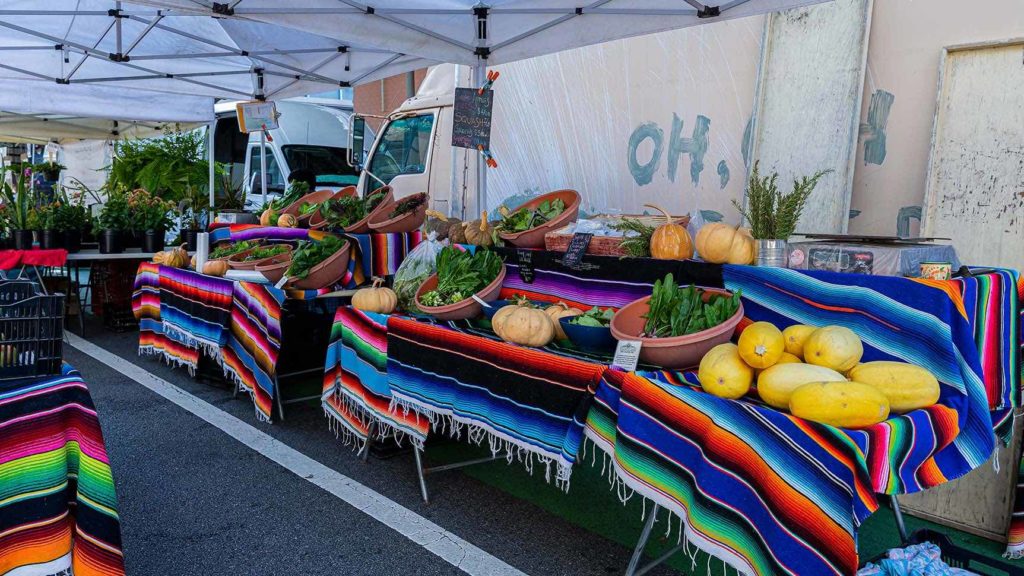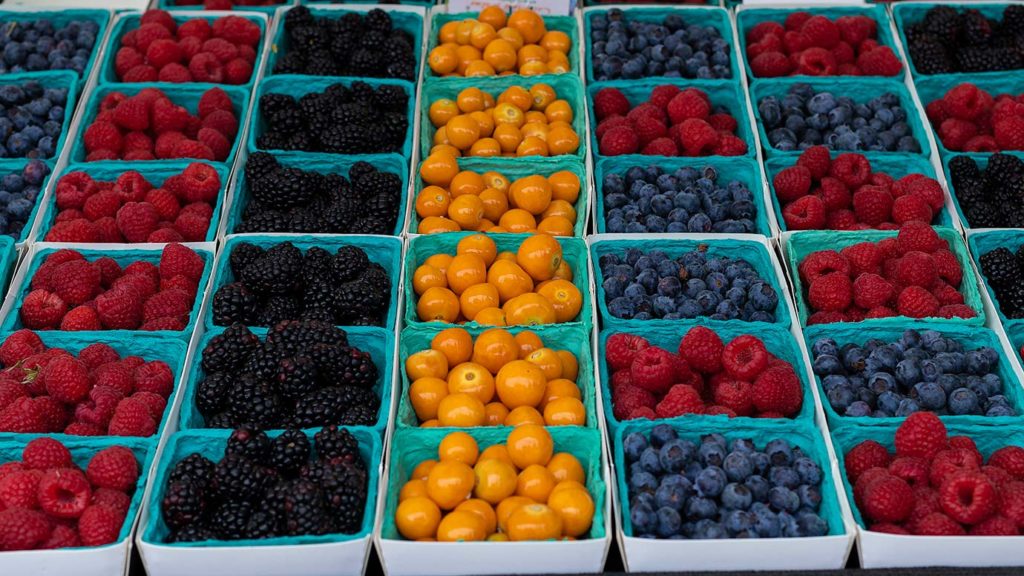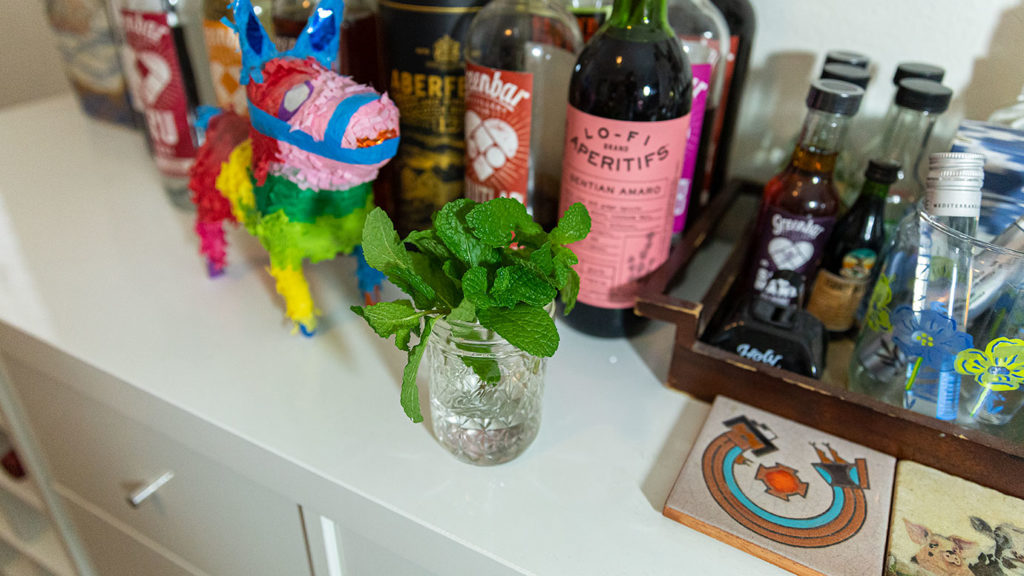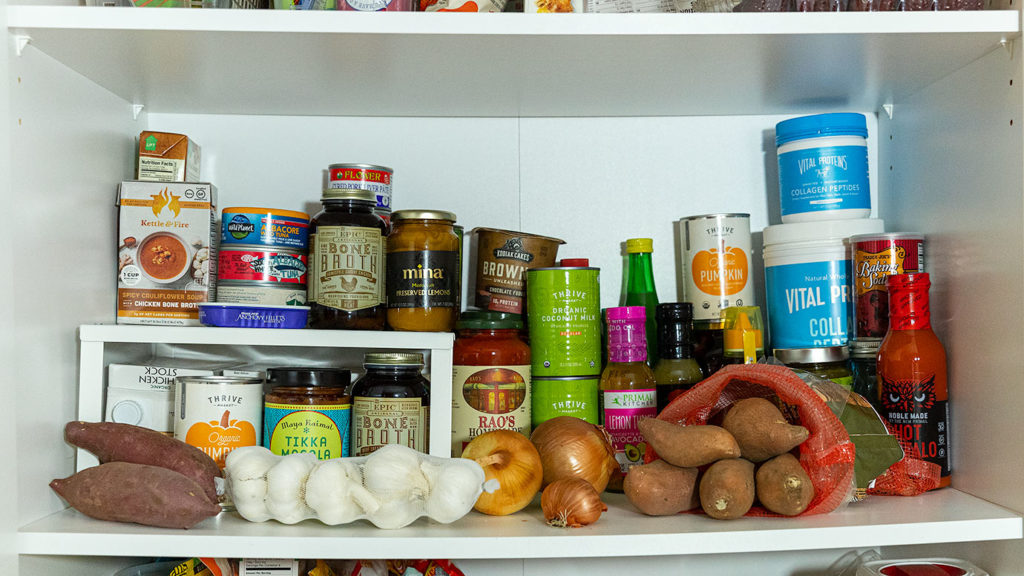
The easiest way to maintain a healthy lifestyle is to have fruits and vegetables in the house at all times. It’s a great feeling, knowing you’re eating responsibly. What totally ruins this wellness streak is finding out your bounty is rotten and needs to be trashed.
Now that we don’t go out as often due to COVID-19, keeping produce fresh longer has become an essential part of daily life. To help, we researched and tested out tips and tricks, then created this nifty guide on how to best make produce last.

The Golden Rules
Keep fruits and vegetables apart. Fruits emit ethylene gas, which can speed the ripening of vegetables and spoil them.
Cut off leafy tops from items like carrots and beets. The tops draw moisture out of vegetables. This can make them go limp and lose flavor.
Washing everything at once can speed up deterioration, so avoid washing produce until you’re ready to use it. Delicate items like spring mix, basil, and watercress have thin leaves and tend to bruise easily. If you wash these items for storing, make sure to properly dry them after. Layering paper towels inside a container is a good trick.
To wash produce, submerge items in a tub of cold water for about two minutes. Let the dirt and debris settle to the bottom of the tub then pour out the water. Repeat a few times until you don’t see dirt anymore. You can also scrub down items like carrots and beets to remove dirt.
Now let’s get into how to store items.

Storing in the Fridge
Items to place in the refrigerator: leafy greens, artichokes, beets, berries, Brussels sprouts, cabbage, carrots, cherries, cucumbers, herbs (except basil), kiwi, jicama, mushrooms, radishes, turnips, scallions, zucchini.
The crisper is the coldest and most humid part of the refrigerator. It’s ideal for items like broccoli, celery, and leafy greens. Greens and other vegetables do well in a cold fridge drawer with ample air circulation. When you’re ready to cook leafy greens, dunk them in cold water to crisp them back up again.
The top shelf is the warmest part of the fridge. Store items most sensitive to cold here. This includes cucumbers and peppers. Make sure to have items in a reusable plastic bag, but avoid the thin market ones because they do a terrible job at protecting produce.
Some vegetables need a little extra care in the fridge. Herbs, asparagus, and scallions like to be stored upright with the ends submerged in a small amount of water and loosely covered with a plastic bag. Replace the water every three days or so.
Berries deteriorate the fastest, but keeping them in the fridge will buy you a little time. Store most berries in the container you bought them in unwashed, except strawberries. Wash strawberries and place them in a container with a dry paper towel on the bottom and a damp paper towel draped overtop. Avoid storing berries in the crisper.

Storing on the Countertop
Items to place on the countertop: avocados, basil, bananas, citrus, eggplant, stone fruit, pineapple, melons, tomatoes.
Tomatoes, peppers, apples, avocados, and stone fruits are usually fine left outside the fridge. Transfer fruit to the fridge once it’s at peak ripeness if you can’t eat it right away. All fruit tastes better at room temperature, so leave these items out for a few minutes before eating.
Leave eggplant on the counter. Refrigeration messes with the texture and causes deterioration.

Storing in the Pantry
Items to place in the pantry: apples, garlic, onions, potatoes, shallots, squashes.
The pantry should be a cool storage zone with zero moisture.
Keep potatoes and onions separate. Place them in a box or basket lined with newspaper to trap moisture.
Christina is the co-founder of We Like LA. She covers arts & culture, lifestyle, and food for the site. Christina is also the in-house photographer. When not working you can find her sipping on a spicy margarita or exploring something from the mid-century modern era. Follow her on Instagram @Chrissy.Stardust



